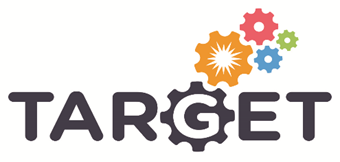Additive Manufacturing (AM) refers to manufacturing methods that adds material, layer by layer, building a three dimensional structure/part. These methods are increasingly used for rapid prototyping and for building complex structures in almost any material. The process is also referred to as 3D-printing.
Description of the tool
Methodology
Comparing with conventional subtractive modelling, where the material is removed from a work piece to get its required form, AM is a technique that creates the requested three dimensional physical shape by adding material layer by layer. Every single layer holds a pre-processed geometry, computed in a CAD software, by requested specifications.
Case study
Using (AM) as a tool for rapid prototyping by Boat Manufactures during their design process.
Objective of the tool
Outcome expected
Giving a more efficient, time saving and convenient design process.
Why used
Building prototypes rapidly during the design process gives the engineers and the designers an effective tool, directing the design path with realistic and physical models. For small series production, a High End manufacturing machine, can build the final products without the need of castings etc. For complex structures, AM can be the only way of manufacturing. As the technique and the materials become more advanced, this method is increasingly used.
Scope of the tool
Where used
In Design processes and other Complex processes where physical parts are direct involved, this tool can be considered helpful. Industry, Innovation, Health, etc.
How used
There are several different methods used for AM. The choice of method is based on which material, accuracy, and other physical properties, such as strength, the part should have. The process starts with a CAD file containing the parts geometry, which is converted to a .stl-file that contains a triangulated approximation of the parts surface. When the files geometry is sliced in layers by the printers software, the software produces a NC-code for the building process. The machine build the part based on the NC-code, layer by layer.
Development
Tool training:
- Designing for AM, a different way of designing.
- Physical properties due to printing direction.
- Building larger parts by assembling.


